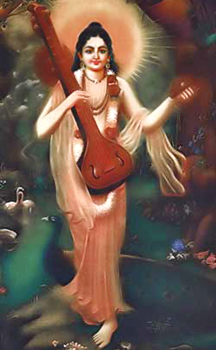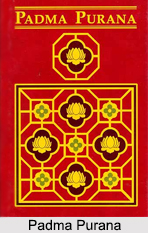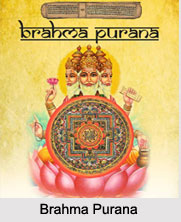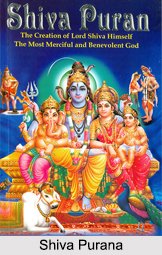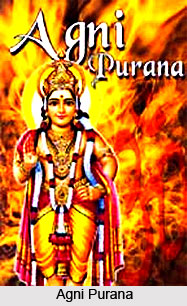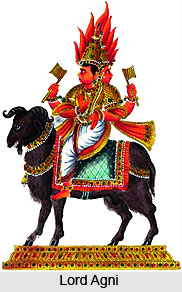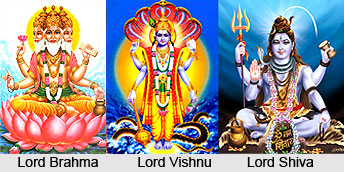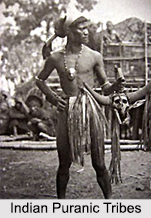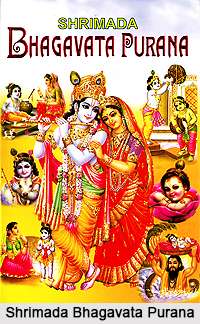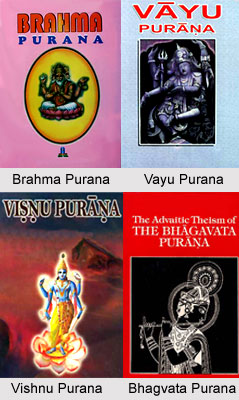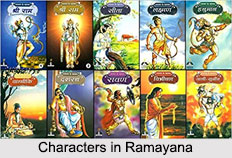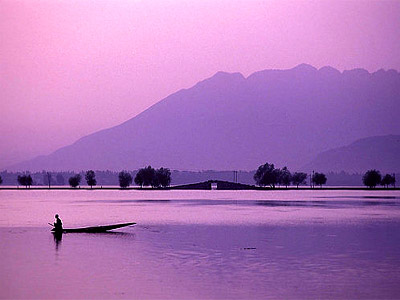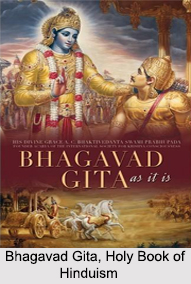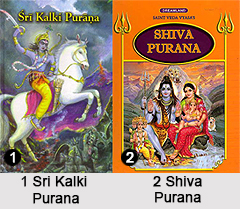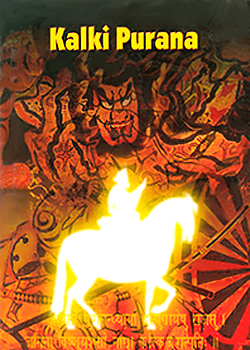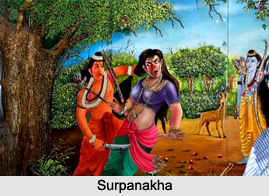Jambudvipa is the name of the continent of Earth according to the concept of Hinduism, Buddhism and Jainism where ordinary human beings live.
According to Puranic natural sciences, the earth is divided into seven concentric islands or continents ( Sapta-Dvipa Vasumati) separated by seven encircling oceans, each of which is double in size of the preceding one. The seven continents of the Purana are named as Jambudvipa, Plakshadvipa, Salmalidvipa, Kushadvipa, Krounchodvipa, Shakadvipa and Pushkaradvipa. The seven intermediate oceans are made of salt-water, sugarcane juice, wine, ghee, curd, milk and water respectively.
Jambudvipa or Rose apple Island is also known as Sudarshanadvipa, is the innermost concentric island among the seven. Its name is derived from the Jambu tree, which is rose apple or kind of black plum. The fruits of the Jambu tree are believed to be as large as elephants. When the fruits of Jambu tree ripen and fall upon the crest of the mountain a river is formed from their extracted juice. The river thus formed is known as Jambu Nadi or Jambu River, which flows through the Jambudvipa, whose inhabitants drink the water. The continent of Jambudvipa contains nine varsas (zone) and eight significant mountains.
Markandeya Purana states that Jambudvipa is depressed in the north-south directions and elevated and broad in the middle. The elevated region forms the varsa (zone) named as `Ila-vrta` or `Meruvarsa`. At the centre of Meruvarsa lies the golden mountain Meru, which is the king of the mountains and support the planet earth. The vast city of Lord Brahma, known as Brahmapuri is situated at the summit of Mount Meru. There are several other cities of Indra and other demigods surrounding the Brahmapuri.
The varsas of Ramyaka (or Ramanaka), Hiranmaya (or Hiranyaka) and Uttarakuru ( or Shringashaka) lie on the north; those of Hari, Kimpurusha and Bharata lie on the south; and Ketumalaand Bhadrasva situated on the west and east sides of Mount Meru respectively.
The mountains named Nishada, Hemakuta and Himavan (Himalaya) are said to lie on the south, Mountains Nila, Sveta and Sringavan lie on the north and Mountains Malayavat and Gandhamadana lie on the west and east of Mount Meru respectively.
The Vishmaparva of Mahabharata and several other Puranas have detailed account of the geography of the Jambudvipa.
According to Markandeya Purana and Brahmanda Purana, Jambudvipa is divided into four vast regions shaped like four petals of lotus with Mount Meru being located at the center like the pericarp of the flower. The river Ganga or Akashganga encloses the city of Brahmapuri. River Ganga is said to emerge from the foot of Lord Vishnu and after washing the lunar region falls `through the skies`, which after encircling Brahmapuri, splits up into four mighty streams. These four streams are believed to flow in four opposite directions from the Mount Meru and irrigate the vast lands of Jambudvipa. River Sita irrigates the Bhadrasva varsa, Jambunadi flows through Ketumala varsa, river Alakananda streams through Bharata varsa and river Bhadra washes the lands of Uttara-Kuru varsa of Jambudvipa.


